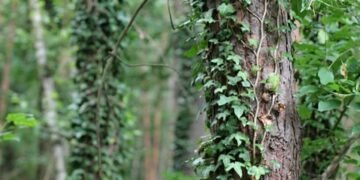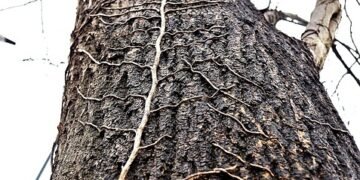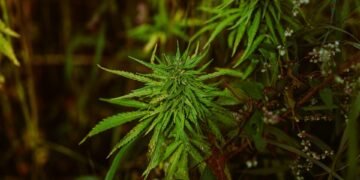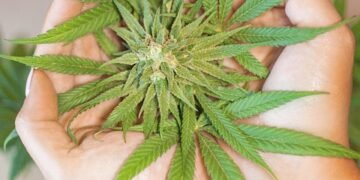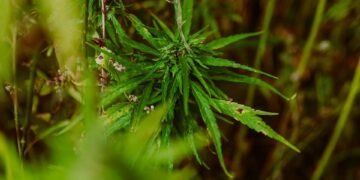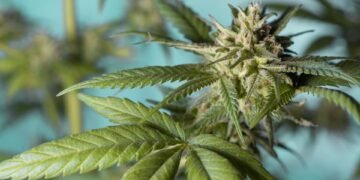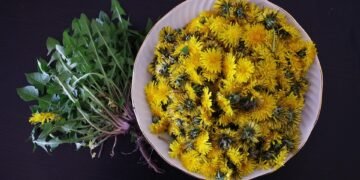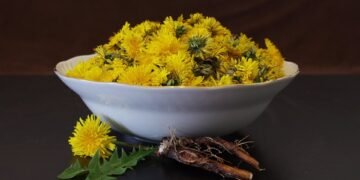Optimizing Cannabis Growing Conditions: A Comprehensive Guide for Maximum Yield
As the cannabis industry continues to grow, so does the demand for high-quality cannabis products. To meet this demand, cannabis growers are constantly looking for ways to optimize their growing conditions to achieve maximum yield. In this comprehensive guide, we will explore the key factors that can influence the growth and yield of cannabis plants, and provide valuable tips on how to optimize these conditions for optimal results.
Choosing the Right Strain
One of the first steps in optimizing your cannabis growing conditions is choosing the right strain. Different strains have different growing requirements, so it’s important to select a strain that is well-suited to your specific growing environment. Consider factors such as climate, light requirements, and flowering time when choosing a strain for your grow operation.
Lighting
Light is one of the most important factors in cannabis cultivation, as it plays a crucial role in the plant’s growth and development. When it comes to lighting, there are several options to consider, including natural sunlight, high-intensity discharge (HID) lights, and light-emitting diodes (LEDs). Each type of lighting has its own advantages and disadvantages, so it’s important to choose the right option for your specific growing environment.
Temperature and Humidity
Temperature and humidity levels also play a key role in the growth and yield of cannabis plants. Cannabis plants thrive in temperatures between 70-85 degrees Fahrenheit during the day and 60-70 degrees Fahrenheit at night. Humidity levels should be kept between 40-60% during the vegetative stage and 40-50% during the flowering stage. Monitoring and controlling temperature and humidity levels is crucial to preventing mold and other issues that can affect plant health and yield.
Nutrients and Soil
Providing your cannabis plants with the right nutrients is essential for optimal growth and yield. Cannabis plants require a balance of macronutrients (nitrogen, phosphorus, potassium) and micronutrients (calcium, magnesium, iron) to thrive. Additionally, choosing the right type of soil is important for providing your plants with the necessary nutrients and support. Consider factors such as pH levels, drainage, and nutrient content when selecting a soil for your grow operation.
Watering and Irrigation
Proper watering and irrigation practices are essential for the health and growth of cannabis plants. Overwatering can lead to root rot and other issues, while underwatering can result in stunted growth and reduced yield. It’s important to water your plants consistently and ensure that they have proper drainage to prevent waterlogged soil. Consider using a drip irrigation system or a watering schedule to ensure that your plants receive the right amount of water consistently.
Air Circulation and Ventilation
Air circulation and ventilation are important factors in maintaining a healthy growing environment for cannabis plants. Proper air circulation helps prevent mold and mildew growth, while ventilation helps regulate temperature and humidity levels. Consider using fans, exhaust systems, and carbon filters to maintain optimal air circulation and ventilation in your grow space.
Pruning and Training
Pruning and training your cannabis plants can help optimize growth and yield by directing energy towards the main colas and improving light penetration. Consider techniques such as topping, super cropping, and low-stress training to shape your plants and maximize yield. It’s important to start pruning and training your plants early in the vegetative stage to ensure that they grow in the desired shape and size.
Pest and Disease Control
Pest and disease control are important aspects of cannabis cultivation, as pests and diseases can quickly spread and devastate your plants. Preventative measures such as regular inspections, companion planting, and maintaining a clean grow space can help prevent pest and disease infestations. Consider using organic pesticides and fungicides to control pests and diseases while minimizing harm to the environment.
Harvesting and Curing
Harvesting and curing your cannabis plants properly is essential for maximizing potency, flavor, and overall quality. Harvest your plants when the trichomes are milky white or amber in color for optimal potency. After harvesting, hang your plants upside down in a dark, dry room with good air circulation to cure them slowly. Curing your cannabis plants for at least two weeks helps improve flavor and smoothness while reducing harshness.
Conclusion
Optimizing cannabis growing conditions is essential for achieving maximum yield and producing high-quality cannabis products. By considering factors such as strain selection, lighting, temperature, humidity, nutrients, watering, air circulation, pruning, pest control, and harvesting, you can create an optimal growing environment for your cannabis plants. Remember to monitor and adjust these factors as needed to ensure that your plants thrive and produce the best possible yield.
By following the tips and techniques outlined in this guide, you can optimize your cannabis growing conditions and achieve maximum yield for a successful grow operation.



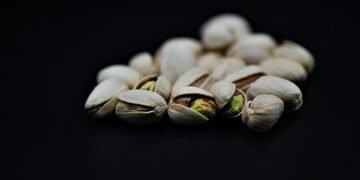

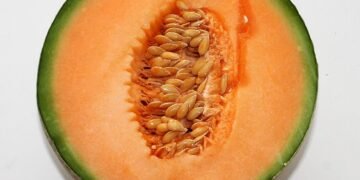






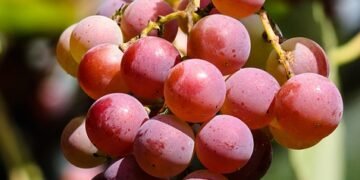
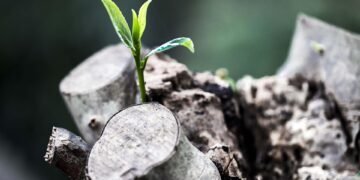




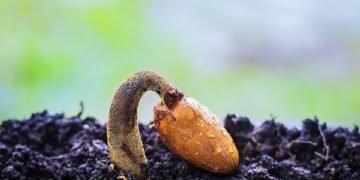

![The Mind-Blowing Effects of [Cannabis Strain]](https://cannabisdailyguide.com/wp-content/uploads/2025/10/tree-4138799_960_720-360x180.jpg)


